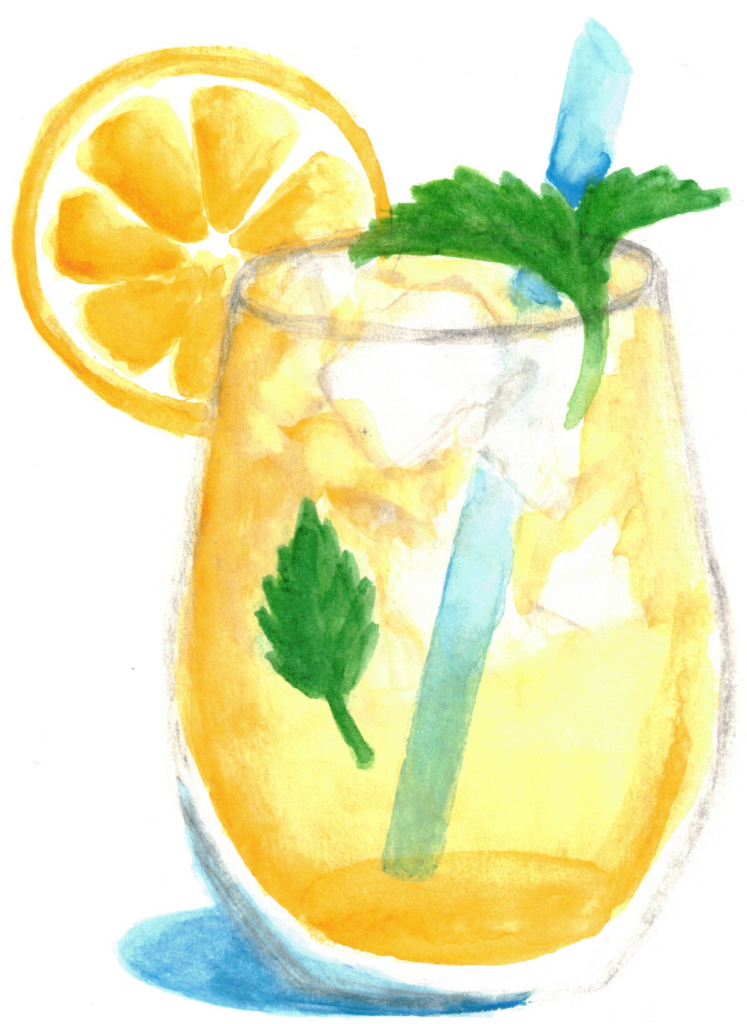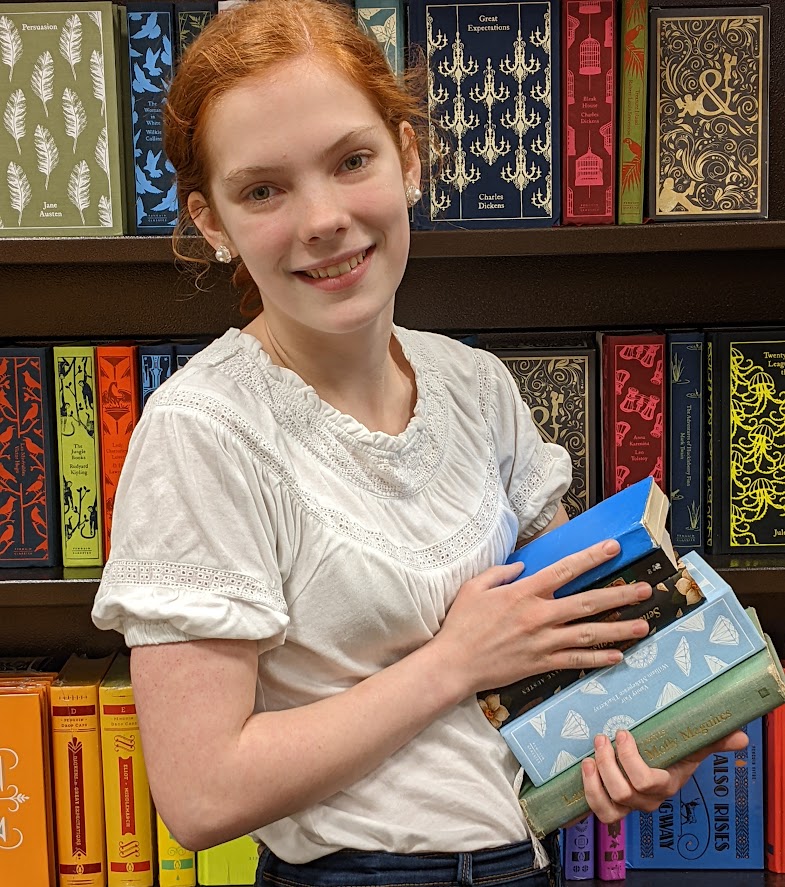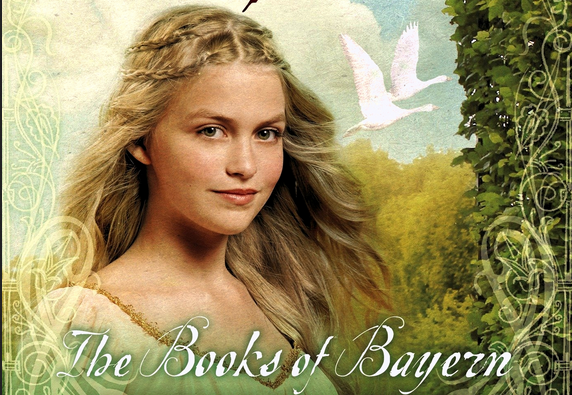Princess Anidori-Kiladra Talianna Isilee is one of those characters who deeply lacks confidence. We’ve all seen those types of characters before. You start a movie or flip open a book and find yourself faced with the same old self conscious protagonist who feels woefully inadequate. As she goes on and on about how she isn’t special enough, you begin to wonder if she might actually enjoy wallowing in self-pity. Of course, by the end, she rises to confidence and conquers herself by becoming a self-assured hero, now living in a world full of admirers. But you can’t help wondering if she would go right back to her nervous, unstable self if she ever lost the support of those fans.
Yet Ani, the protagonist of The Goose Girl, somehow avoids this troupe. I adored her as a character from the very beginning and rooted for her at the very end, when she conquered her doubts and made the world a better place because of it.
What sets Ani apart? Hundreds of these characters who “just need to believe” in themselves have been written. What makes Ani so special? And why are the character arcs of these other protagonists so often flawed? The answer is that the authors so rarely dive into the root cause that lies in the lack of both self-confidence and humility. Too many authors just slap the “self-doubting” label on the “flaw” box for their character and move on, without ever asking why self-doubt is a flaw to begin with.
The reason Shannon Hale’s novel did so well is because she asked those questions, got to the root of her protagonist’s flaw, and made sure she fixed it before the final page.
The Goose Girl: Ani
Princess Ani is useless. Even she knows it. She’s spent the sixteen years of her pampered life hiding in her room. She’s afraid. Afraid that she will always lack the charm and grace her parents have mastered. Afraid that when it comes time for her to rule, she will be her usual, clumsy, awkward self and it will cost her country.
Besides, she’s an introvert. She loves the privacy of her room and the beauty of the palace grounds. Someday, far in the future, when her father dies and leaves her to rule, she will step up and take the throne with the grace and confidence she yearns for. But in the meantime, she rides her favorite horse, Falada, and makes friends with a lady-in-waiting, Selia, who has always been kind to her. She puts away the haunting fear that she will never be more than a pampered, useless royal. Instead, she tries to enjoy herself.
But when her father dies unexpectedly and her mother announces that she is giving the throne to Ani’s younger brother, she is shocked. She knows her father would have wanted her to rule, and now she fears that her only chance to prove herself has been taken away forever. On top of this, her mother informs her that a marriage has been arranged between Ani and the prince of the neighboring kingdom. Amid her grief and self-doubts, Ani finds that she does not have the strength to protest. Once again, she has failed to be the master of her own destiny. Except that this time, her weakness is costing her everyone she has ever known.
As if this were not enough, the journey through the woods to meet her betrothed ends in disaster. Oblivious to the silent power struggle taking place behind the scenes, Ani falls prey to a rebellion that was meant to end her. When her closest friend betrays her and those whom she trusted most attempt to kill her, Ani is forced to flee from her own caravan and hide as a goose girl, hoping that she will never be found by those who seek to end her life.
Ani is hiding again, but this time she doesn’t have a choice. She spends months agonizing over the fact that she’s back to feeling like the same weak little girl who spent years hiding in her own room. She longs to have the strength and grace to rally a group to enter into the palace and explain what has been done to her, but, once again, she’s afraid.
But then something changes. As the book draws closer and closer to the climax, Ani realizes she must act, or it will spell the end of her kingdom. In one gamble that could lose her everything, Ani rallies those who have gotten to know her during her months of exile and enters the castle to declare her identity and claim her freedom.
Her plans nearly fail. Yet even when Ani is held hostage with a knife at her throat, she never loses her new-found confidence. She’s afraid, of course. In fact, she’s actually terrified. But she no longer lets that fear control her. She knows her personal failure or success isn’t the most important thing to her any more. And that confidence is ultimately what saves her. That humility is what makes her “ever after” so happy.
Why?
Why is Ani so compelling and relatable when so many other characters in her troupe frustrate their readers?
The answer is an understanding of what motivates a protagonist’s initial self-doubt and what can actually fix that. The problem with so many other stories is that the author never fully understands why self-doubt is such a problem, aside from the fact that it feels uncomfortable. Many believe that self-doubt is a problem because it will hinder you from accomplishing things in life, or because it just straight-up doesn’t feel good. But these are just symptoms of a deeper problem. The reason that self-doubt is bad is because it has usually turned into a self-obsession. And that, really, is no different from arrogance. Both are an obsession with self. The only difference is a character’s emotional response to that obsession.
So few authors understand this. So many see their poor, self-doubting protagonists as humble and broken. They only need a few victories to prove that they really are worthwhile.
But this never really solves the problem. Both arrogance and self-doubt come from selfishness. So now the author has only succeeded in moving their characters from a less comfortable selfishness (self-doubt), to a more comfortable selfishness (arrogance).
And the root of the problem remains unresolved.
This is why so many self-doubting characters bug their readers. The protagonist enters the book selfish, and they leave arrogant, but because they are now more satisfied, the author assumes that the readers will be, as well.
So What Can We Do For Self-Doubting Characters?
The answer is very simple.
Give them something to think about other than themselves.
In other words, make them truly humble.
Ani transformed so much as a character because she began thinking of other people. During her months as a goose girl, she grew to know and admire the peasant folk who surrounded her with good-natured comradery. She began to understand that a rebellion would cost much more than just her own position as princess. It would likely cost countless lives and leave their country crippled under the oppressive rule of a power-hungry dictator.
And that is what motivates her to at last march into the castle and set everything right. Her first concern is no longer for herself. Rather, it is for those who would suffer as long as she refuses to speak for the sake of her own safety. Because she is so focused on others, her own safety now takes second place. This is the core reason that Ani is such an admirable character.
Shannon Hale understood the difference between arrogance and humility, and was able hint at that from the very first pages of her novel. That understanding is what set The Goose Girl apart from those who belong in that troupe from the very first pages. It allowed the author to explore a complex theme and craft an unusual resolution to an overused flaw. She took an old, cliche character arc and an even older fairy tale and crafted a refreshing novel.
That understanding is why Ani was able to overcome her self-doubt and still be a relatable heroine. And that is how any protagonist can achieve realistic confidence; through a clear understanding of the theme and a real grasp on the very root of his flaw.



What do you think? Do nervous characters drive you crazy with their wishy-washy hesitancy? Do you relate to them immediately? And how was the article? Too sweet? Too sour? Just right? Comment below and let us know!


Hi! My name is Mara, and I’m a Christian artist, violinist, and blogger. I remember the day that I decided that I would learn something new about what makes a good story from every book I picked up — whether it was good, bad, or a mixture of both. I use this blog as a way of sharing some of the tips and tricks I’ve learned, and highlight which books, cartoons, and movies have taught me the most about writing an awesome story.


Well, with some differences, I have a character almost exactly like this. The biggest difference being that my character is an extrovert…
That’s awesome! Hopefully the extroversion won’t make too much of a difference so that this stays relevant. 🙂 Thanks for commenting!